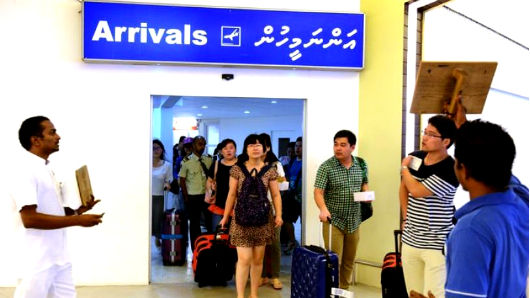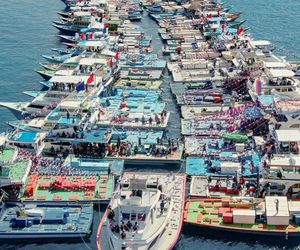Resort occupancy rate continues to fall
While the occupancy rate at resorts fell six percent in November to 68.7 percent, the occupancy rate at guesthouse rose 11.6 percent during the month. In contrast to resorts and hotels, guesthouse occupancy has risen to an average of 22.9 percent this year.

20 Dec 2015, 9:00 AM
Tourist arrivals to the Maldives registered a marginal increase in November despite a short-lived state of emergency. But the occupancy rate at resorts continues to fall as tourists are spending less time in the Maldives.
A total of 1.1 million tourists have visited the Maldives so far this year, representing a 1.3 percent growth from the previous year. Arrivals reached 90,218 in November, up 0.5 percent from the same period last year.
The occupancy rate at resorts fell six percent in November to 68.7 percent, but the occupancy rate at guesthouse rose 11.6 percent during the month. In contrast to resorts and hotels, guesthouse occupancy has risen to an average of 22.9 percent this year.
Resort occupancy has steadily declined this year with the exception of a marginal increase in February, falling on average from 81.6 percent in 2014 to 76.5 percent. This is because the average duration of stay also fell from 6.1 days to 5.7 days.
Become a member
Get full access to our archive and personalise your experience.
Already a member?
Discussion
No comments yet. Be the first to share your thoughts!
No comments yet. Be the first to join the conversation!
Join the Conversation
Sign in to share your thoughts under an alias and take part in the discussion. Independent journalism thrives on open, respectful debate — your voice matters.




